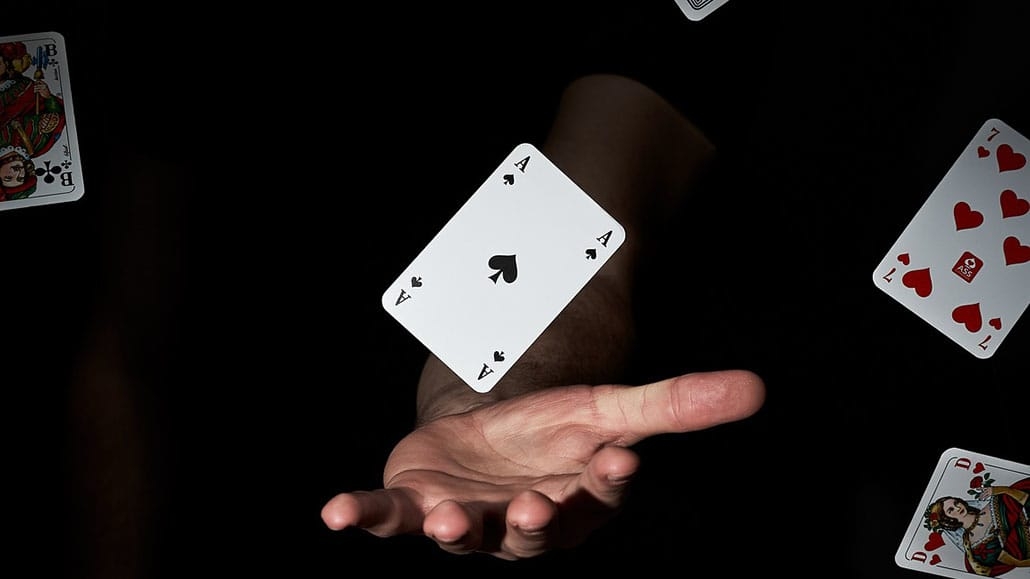The Ins and Outs of Continuation Betting
We still see players underestimate the value of a well timed continuation bet to this day. Some people see continuation betting without a made hand as bluffs and are afraid of using them enough. In reality, mastering this skill will immediately boost your win rate and every single prolific poker player has to learn about it as early as possible. Continuation bet is something that could be easily used to exploit weaker fit or fold type players on the flop and also put some better players into a position where they will be forced to make a difficult decision.
So how do we actually use continuation betting profitably? The beauty of this skill is that it could be profitably used at all levels of poker from micro stakes all the way up to high stakes. In micro stakes we mainly want to use c-betting to get weak and tight players off the pot with weaker hands. In higher stakes, where equity comes into calculation, we will use continuation bets in position to make players fold their hands simply because they will not have enough equity to make a profitable call. Let’s look at 3 most important factors to consider before firing that first barrel.
Player tendencies
At a poker table we should really take table dynamics and player tendencies into consideration before every decision. Against players who tend to easily fold anything but a top or a second pair on the flop we just have to bet at least half a pot almost 100% of the time with any kind of a hand. The reason for that is odds of them having something better are simply not big enough. If we get called, we can easily shut down on later streets knowing that we are most likely behind. At the same time, continuation bet is not something we want to use against players who like to call down lightly.
Board texture
Learning to read board texture on the flop will help you make better continuation bets. Monotone and dry boards are the ones we really want to see before betting without a made hand. Monotone board will make anything but a top pair and a made flush or a flush draw an easy fold for your opponent.
People tend to be scared to c-bet on monotone boards thinking that opponent already has a strong made hand, but the reality is that your opponent thinks exactly the same thing and bets on these kind of boards look extremely strong. Also, it is easy for us to shut down and save money on later streets if we get called. Dry boards like 4-7-7 are also great boards to c-bet and boards containing two low cards and one high card (e.g. 4-7-King) are great for us to represent a made top pair. Again, don’t forget about player tendencies to call or fold before betting.
Pre-flop ranges
Understanding pre-flop ranges will make our decision to continue bet or not so much easier. For example, if we know that our villain only calls preflop raises with two broad way cards makes an easy choice for us to fire a barrel on a low cards flop. Understanding the range of players at our table and learning to use it to our advantage on the flop will come in handy, but it does require a lot of practice.
This all leaves us with a lot of things to think about continuation bets. A surefire way to improve your c-betting strategy is to implement it into your game and see what works and what doesn’t for yourself.






